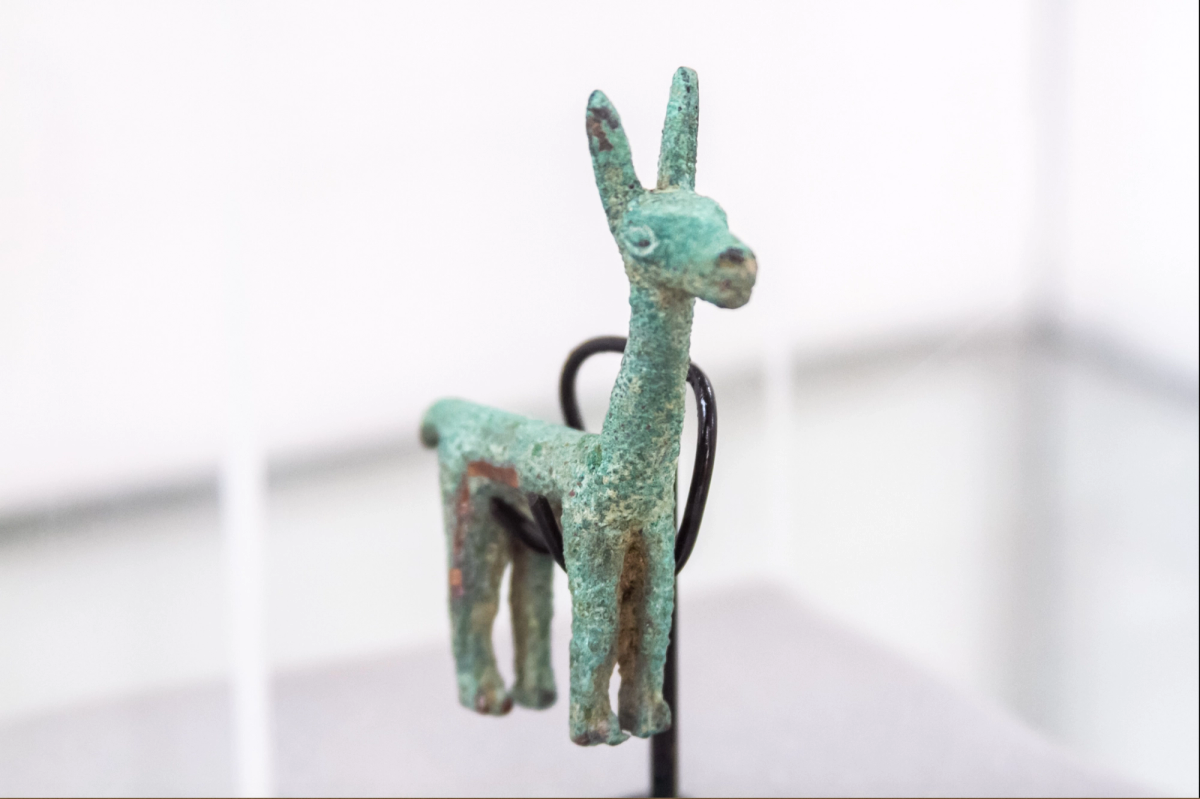On 14 November, Unesco will be celebrating the 50th anniversary of the 1970 convention against the illicit trade of cultural property. It will also mark the first "International Day" dedicated to this historic moment, and will be followed by an international conference in Berlin from 16 to 18 November. Celebrations, however, risk being overshadowed by growing tension over some of Unesco's claims in its promotional material for the anniversary.
The convention managed to overcome stiff political resistance, winning ratification by 140 states (albeit fewer than the 194 signatories to the prestigious World Heritage Convention). It took 13 years for the US to sign on, 27 years for France and 28 for China. The UK, Germany, the Netherlands, Belgium or Switzerland—considered major hubs in the trafficking of archeological goods—only joined in the 2000s.
Nevertheless, the convention has been accepted as a powerful symbolic barrier by museums and the art market. It is now difficult to sell a valuable antiquity lacking proper provenance from before 1970. “The landscape has changed enormously, says Clinton Howell, the president of the international association of dealers’ unions CINOA, ethical practice is not an abstract concept but an essential business tool." The convention, though non-binding, was also a major step toward building international protection for world heritage.
But some dealers are upset by the $10bn headline figure for the size of the illicit trade in cultural property quoted by Unesco in its anniversary campaign (this figure would represent 15 % of the total art market). Until now Unesco, like Interpol, has stated that no reliable estimate could be given for the size of the market: on the 40th anniversary of the convention, the Paris-based organisation stated: “It is difficult to check such figures considering the illicit nature of the trade". This position continued to be supported by Lyndel Prott, the former Unesco legal expert for cultural conventions between 1990 and 2002, and Irina Bokova, Unesco’s director-general from 2009 to 2017. But her successor, Audrey Azoulay, has decided to change course.
Although this dispute has been around for a while, this is the first time the $10bn estimate has been quoted and furthermore endorsed by an international body. A report this year by the Rand research organisation on “the ways to track and disrupt trafficking", found “that the entire antiquities’ market is not likely to be larger than a few hundred million dollars each year".
Unesco also claims that traffic in cultural goods ranks third after drugs and arms deals—ahead of criminal activities such as human trafficking or counterfeiting.
When contacted by The Art Newspaper, Unesco attributed the figure to “renowned international experts like Marc André Renold, from the University of Geneva". The professor, however, told us he had “no idea where this $10bn figure comes from. Certainly not from me!" In his 2018 study Renold wrote: “it is problematic to assess the scale of the illicit trade in cultural goods. There are no exhaustive and reliable statistics that would allow us to capture its true scale or the monetary value of the black market, and it is easy to understand why".
“By basing its policies on false figures and inaccurate data, Unesco risks precious resources being directed to the wrong objectives", says Vincent Geerling, the chairman of the International association of dealers in ancient art, who stresses that “the use of false data from Unesco can influence major policy".
The deputy-director of Unesco's cultural division, Lazare Eloundou Assomo tells us he “does not want to be trapped in a debate about figures, which could be used by a lobby to avoid the real problem: the aggravation of archeological looting, especially in conflict zones, part of it financing terrorism."
Vincent Michel, a French specialist in Eastern archeology, says: “We have to be very cautious. It is impossible to put a figure on the black market, because it is almost impossible to trace objects from an illicit dig." But, he adds, "one thing is for sure: there are not only [low-value] coins or statuettes offered on the internet now, but also valuable works, which sometimes appear only months after being dug up. Looting has been further aggravated by wars and poverty, and now by the Covid-19 crisis. Unfortunately, states often do not have the means, or even the will, to counter this plague."
Yesterday, CINOA’s president sent a letter to Azoulay, “pleading Unesco to stop citing bogus figures" and “advocating the establishment of an international forum, under Unesco and Unidroit, in which the art market, law enforcement and collectors would be able to share information and develop effective ways to work together in the fight against illicit trade.“




